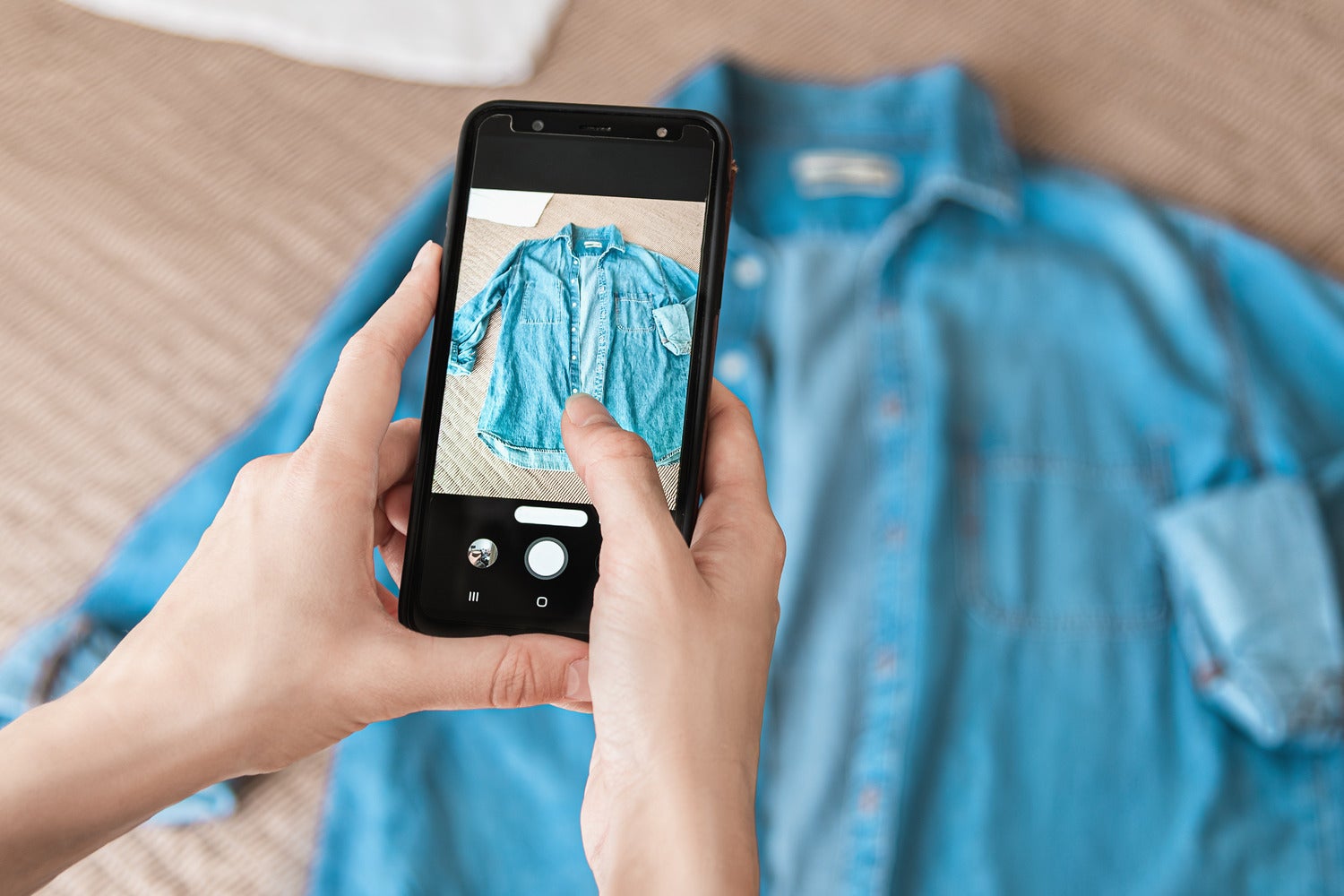There’s nothing quite like a new outfit, but the fashion industry is among the most polluting on the planet. Each year, it emits 2.1 billion metric tons of greenhouse gas emissions, about the same as all of France. The rapid rise of fast fashion has led to literal mountains of waste, and textile recycling is still very much in its early stages.
When the urge for something new strikes, the best thing anyone can do is to shop their closet. Second-best is to think secondhand. There isn’t a ton of fantabulous data on the potential climate benefits of opting for preloved duds, but there are strong indicators. One 2023 study found that if adults in the U.K. bought half of their clothing secondhand it would be like taking nearly 3 million cars off the road for a year. It’ll also save ya plenty of cash.
Hitting the thrift shops, though, can be an overwhelming experience—especially if you’re only just starting to step away from traditional retail. If you’re like me and can only handle so much combing through racks, there are dozens of marketplaces you can browse from the comfort of your couch. New tools are emerging to help search multiple online thrift shops at once, but they’ve got some kinks to work out. In the meantime, these are my three go-tos for buying, and selling, preloved duds online.
For designer finds: The RealReal
While brands like Shein and Zara deserve the flack they get for their fast-fashion antics, certain luxury brands aren’t doing too much hotter. Iconic labels like Chanel, Armani, Prada, and Ferragamo all received a D grade or lower on the 2023 Fossil Free Fashion scorecard. Just nine of these pricey brands created 13.5 million metric tons of emissions in 2021, or about the same as the energy emissions of Delaware.
The moral of the story is that even if you’re not shopping fast fashion, you should shop secondhand. My personal favorite for semi-responsible splurging is The RealReal, which is a consignment-based marketplace that authenticates all its luxury items, photographs them, and lists them online. This way you can browse the virtual aisles the way you’d cruise most any online retail establishment. The process also makes it exceptionally easy to sell your preloved garments and gear from a swath of middle-to-luxury brands from Reformation to Ralph Lauren. All you need to do is schedule an in-home appointment, visit a store, or ship your items their way, and you earn a percentage of whatever they end up selling for. A lazy luxury win.
For basics: ThredUp
If you’re a recovering shopaholic with too much stuff and too little time, ThredUp is going to be your new go-to. Think of it like The RealReal, but for your more everyday duds. ThredUp’s shopping aisles include secondhand goods from more affordable brands like Madewell, Levi’s, and Anthropologie.
The selling scheme is also super-easy: You ship ThredUp a giant bag of your goodies—no matter where they came from—and then it handles the resale. Just make sure garments are clean, undamaged, and fit into the categories (pajamas, formal gowns, and jewelry are off the table for now). The company will photograph and list your items, and you’ll get a bit of cash or ThredUp credit when they sell. If they don’t, you can opt to have your duds sent back to you. You might not make as much money as you would by individually photographing, selling, and marketing your old products, but it’s a huge step up from sending your stuff to the dump.
For trends: Depop
Some of the most beloved, well-worn, and cherished items in my closet are Depop finds. But expect a hunt. This is a great place to hop to if you’re looking for something specific, but be sure to have your keywords ready. If you’re chasing down a trend or style, and the brand doesn’t matter to you at all, then this is your spot. Unlike The RealReal or ThredUp, Depop is a decentralized peer-to-peer marketplace—more or less a mega multiseller local thrift mart come to life.
It’s also a totally DIY proposition from the selling side: You’re on your own for photos, descriptions, categories, assessing quality, and other key details. The benefit for your time and energy is that the fees are considerably lower than the pay cut you take from consignment options: a mere 3.3% + $0.45 for every sale for U.S.-based Depop-ers. For shoppers, this also means it’s a “buyer beware” situation. Prices can be incredibly variable and subjective, and Depop’s seller and buyer protection programs have loopholes that make refunds difficult to snag, but for the perfect pair of boots or vintage blouse, taking the risk could be worth it.

